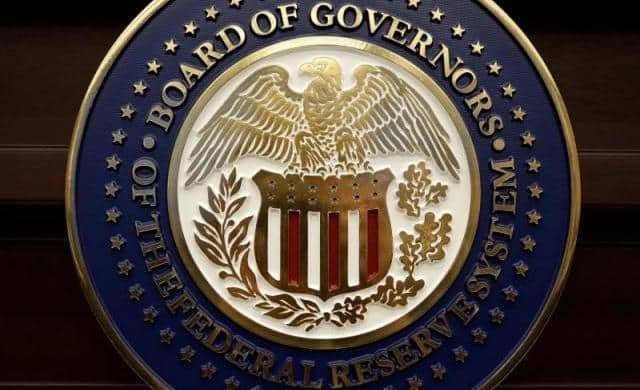Ultimately, he thinks the Fed will not act as aggressively as stated through their current projections. The Federal Open Market Committee in September indicated another rate hike this year, bringing the 2018 total to four, along with three more next year and another hike or two in 2020.
“The Fed has to talk a big game, but they don’t have to play that big game,” Pollack said. “That’s why I don’t think the Fed will raise rates as many times as they have in the summary of economic projections, i.e. the ‘dots.'”
If that’s the case, Powell has plenty of time to redirect policy expectations.
There’s an FOMC meeting in November, where the policy statement could include a nod to tightening financial conditions. Then there’s December, when the committee is expected to raise rates. Powell has a news conference afterward when he again could point to a change, if indeed one is warranted.
What the Fed is less likely to do is to react to momentary shifts in markets, even if it upsets investors.
“By December, the market could be back up again,” said Gus Faucher, chief economist at PNC Financial. “The Fed is looking through any market volatility and saying the underlying economy looks good, therefore it is appropriate for us to continue gradually raising rates.”
Indeed, Fed Vice Chairman Richard Clarida along with regional president Raphael Bostic of Atlanta and Robert Kaplan of Dallas each said this week that more hikes are appropriate. But they also qualified that they will continue to look at the data and will make future decisions based on how the numbers come in.
“It’s more than just the market pulling back. I don’t think that bothers Powell,” said Quincy Krosby, chief market strategist at Prudential Financial. “But if the economic data weaken, that’s going to matter for them.”
Expectations for a December rate hike have cooled somewhat in recent days, with December down to a 73.6 percent chance, which is still high. Expectations in 2019 are another matter, with March at a shade less than 50-50. Fed funds futures contracts imply a rate of 2.82 percent by the end of 2019, more than a full hike behind the Fed’s current projection of 3.1 percent. The current target range is 2 percent to 2.25 percent.
Markets staged an aggressive rebound Thursday, highlighting another dilemma for the Fed: If it hikes too quickly it risks halting what has been an otherwise robust showing that began in 2017, and if waits too long inflation could become a problem and force emergency tightening measures.
“Jerome Powell has been been clear that he wants to engineer a soft landing, which would be first,” Krosby said. “I don’t think this team at the Fed, which is very experienced, wants to be known for leading the U.S. into a recession.”
Fed officials have contemplated the balance openly, and at least for now are titled more toward getting ahead of inflation.
